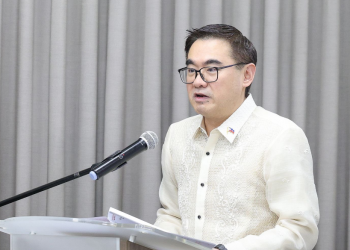Republic Cement reported it got rid of groundwater demand in its Batangas plant by building collection ponds to harvest rainwater.
The said eradication of dependency to groundwater of Republic Cement through rainwater harvesting allowed for an undivided benefit of neighboring communities and farmers to the scarce water resource.
Rainwater harvesting is the collection and storage of rainwater in natural resources or artificially designed resources to prevent runoff and avoid scarcity of water, especially during the dry months.
Republic Cement managed to transform old quarry site into three major collection ponds for collecting rainwater: RepubLake, the Pozzolan Pond, and the East Shale Pond which is largest among the three.
According to a press release by Republic Cement: “The severe drought due to El Niño in 2014, which almost shut down the cement plant, was the driving force for this initiative, which, at the same time, was conceived to reduced water bills from the local water utilities.”
The constant rainwater harvesting of the company since 2015 enables them to accumulate 328,150 cubic meters per year used for its domestic and industrial water-consumption requirements.
Department of Environment and Natural Resources’ Mines and Geosciences Bureau though its mine rehabilitation and fund committee and the local government of Taysan, Batangas even recognized Republic Cement’s water conservation efforts in its plant in the province.
Additionally, this initiative of the company means that the three ponds can be used as water sources by stakeholders during the dry season. It can also be part of the final mine-rehabilitation plan area instead of just being backfilled upon the end of the its quarry life.














